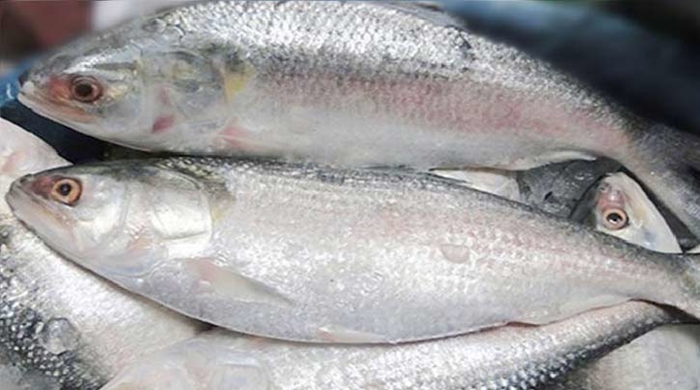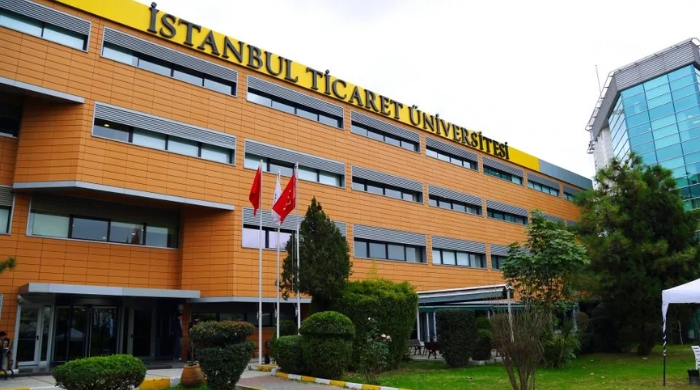Dhaka: A recent investigation has uncovered a diverse array of potentially beneficial bacterial genera, or probiotics, inhabiting the gut of hilsa fish across three distinct habitats: freshwater, brackish water, and marine environments.
Professor Tofazzal Islam, leading a team of researchers, highlighted the significance of these findings, emphasizing the potential of hilsa gut microbiota to enhance unique traits and disease resistance in the fish. He proposed that harnessing these probiotics could offer solutions to disease-related challenges in aquaculture, leveraging indigenous resources.
The study identified several bacterial genera, including Vagococcus, Morganella, Enterobacter, and others, with potential probiotic properties. Professor Islam, from the Institute of Biotechnology and Genetic Engineering at Bangabandhu Sheikh Mujibur Rahman Agricultural University, underscored the distinctive nature of hilsa gut microbiome, distinguishing it from other fish species worldwide.
Of notable interest were bacterial genera such as Sinobaca, Synechococcus, and Gemmata, previously unreported in aquatic or marine fish species, suggesting unique microbial signatures within hilsa gut.
These findings carry implications for aquaculture practices, prompting further investigation into optimizing fish feed and disease management strategies. Moreover, the study lays groundwork for future research into the co-evolutionary dynamics of hilsa microbiomes, shedding light on their roles in host metabolism and immunity.
Considering the ecological significance of hilsa fish as a transboundary species in the Bay of Bengal, understanding its microbiome diversity could inform conservation efforts and sustainable management practices.

 Mahedi Kawser Farazi
Mahedi Kawser Farazi 











